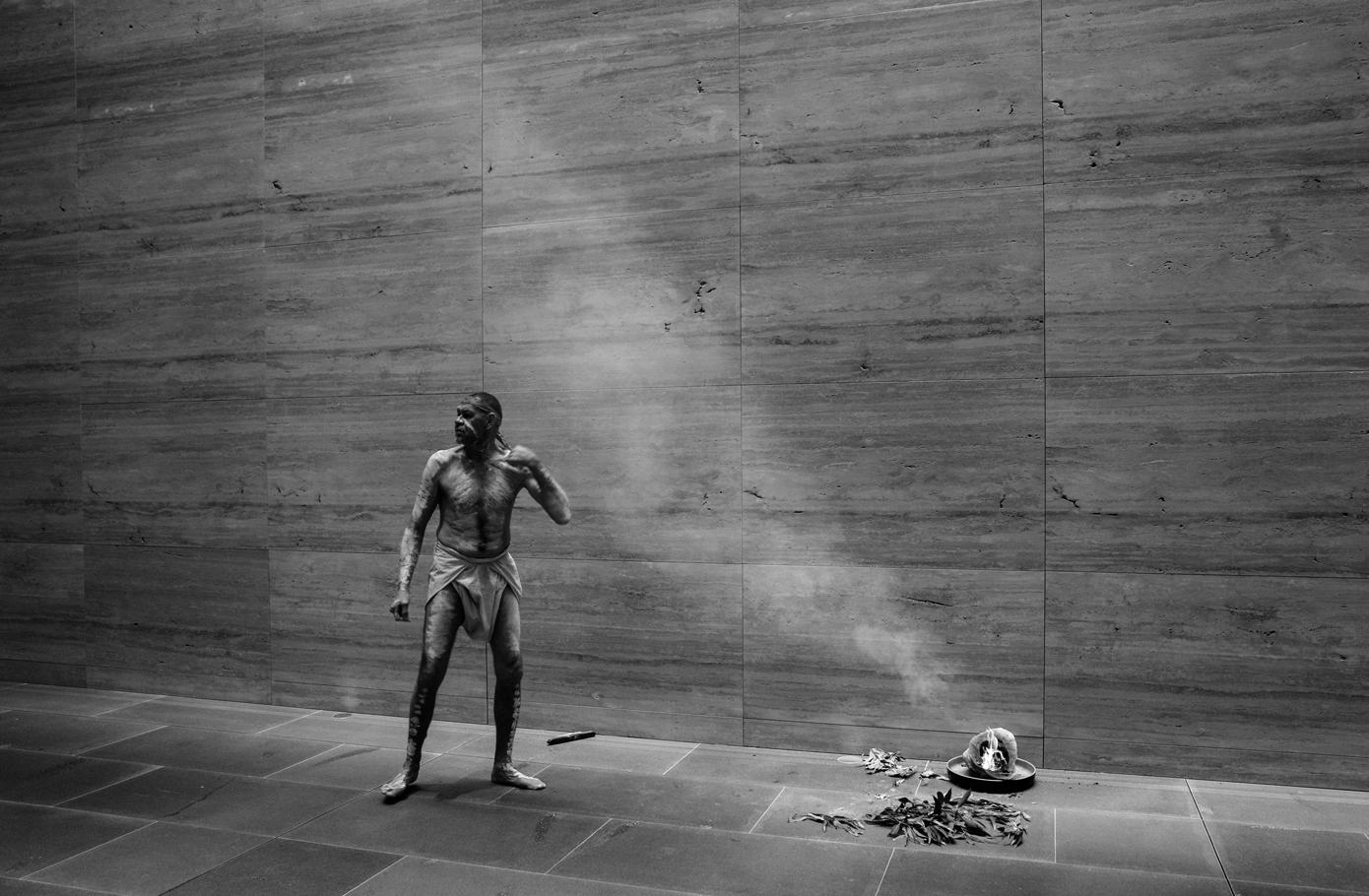Insight
30 August 2023
Keeping it real, when making a place. Can property brands ever feel authentic?

The power of brands has come a long way in the past few decades. Businesses have gone from selling goods, to selling ‘experiences’. At their best, they tap into deeply personal feelings that spark a feeling in consumers that ‘this brand gets me’. Outdoor specialists Patagonia are a great example of a purpose driven brand, with everything centred around their promise to ‘give back to the earth’. They dial down consumerism (famously closing on Black Friday), and in doing so, form deeper connections with their target audiences – people who love being outdoors.
So if often intangible big brands can embrace purpose-driven marketing to create a feeling of authenticity and inspire emotional decision making in their customers, for place-makers, with the power to create tangible experiences, it should be easy. Right? Not always.
The best global destinations don’t just conjure an image on a map, or a few picture postcard images. They summon a feeling. Vegas, Paris, Bangkok, Melbourne, their names alone conjure powerful feelings instantly. Some practical, some inspiring, many romantic. These feelings are rarely curated by brand consultants, they evolve organically over time.
So how can a new or reimagined place brand even hope to reflect a spirit of authenticity?
5 steps to creating an authentic connection to place
 1. Know what you’re about
1. Know what you’re about
The complete opposite of authenticity is contrivance. In reality, that’s where you start, working out the commercial objectives, target audiences, how you want them to think, feel and act, and what that means for the place you’re working with.
Once you’ve got your corporate checklist ready, and have established a strategy, you can step back a little and try and find a way to work a little more soulfully. It’s much easier to tell a story that resonates with people, when you know what you’re all about, and can stay true to it.
 2. Celebrate what went before
2. Celebrate what went before
The place you’re working with existed long before property was considered an ‘asset’, and it will continue long after we’re all wormfood. As traditional custodians of the lands, First Nations peoples deserve to be acknowledged and engaged. Over generations, places absorb history like layers. Telling the stories of these layers, how they weave together, and what they mean for the future, is one of the strongest ways to create connection.
 3. Don’t tell people what to feel.
3. Don’t tell people what to feel.
Authenticity is about creating meaningfulness. But you can’t tell people how to feel. Yes, you should share how a brand or place will improve their lives, what it stands for and what the experience might be like, but you should aim to inspire, not explain, show, don’t tell. If you have to keep referring to something as ‘luxury’ the word loses all meaning. Take some cues from the foodies and focus on provenance stories, bringing craftsmanship and belonging to life.
 4. Embrace imperfection
4. Embrace imperfection
Owning a property’s history, warts and all, creates a connection between people and places in deeper ways than shiny marketing ever could. More than shabby chic, imperfections remind us of our own humanity, and help a place feel like its success is earned. Of course, there’s a difference between charming imperfection and glaring failure, but in a filtered world where Instaworthy places look homogeneous, people hunger for the quirks and character of imperfection, which create emotional bonds beyond bucket-lists.
 5. Engage the people that care
5. Engage the people that care
Authentic brands are true to themselves and their values, and this builds trust in customers – essential in high value transactions. Diverse communities of people will live, work and play in the place you’re creating, so don’t make it for them, make it with them. From early stakeholder engagement on needs and wants, to using technology to create enduring platforms that manage facilities, and bring neighbourhoods together, the most authentic places are shaped by people, not corporations. So let them make a place their own.
By its nature, there is no roadmap to creating authenticity in place branding. But by having an open heart, open mind, and listening to the people that matter most (hint – it’s not the shareholders), you can nurture a connection to place and sense of belonging that doesn’t just create value in a single development, but can transform entire suburbs into aspirational places that bring joy beyond the balance sheets.
 1. Know what you’re about
1. Know what you’re about 2. Celebrate what went before
2. Celebrate what went before 3. Don’t tell people what to feel.
3. Don’t tell people what to feel. 4. Embrace imperfection
4. Embrace imperfection 5. Engage the people that care
5. Engage the people that care